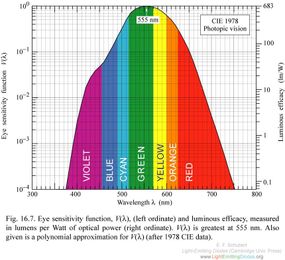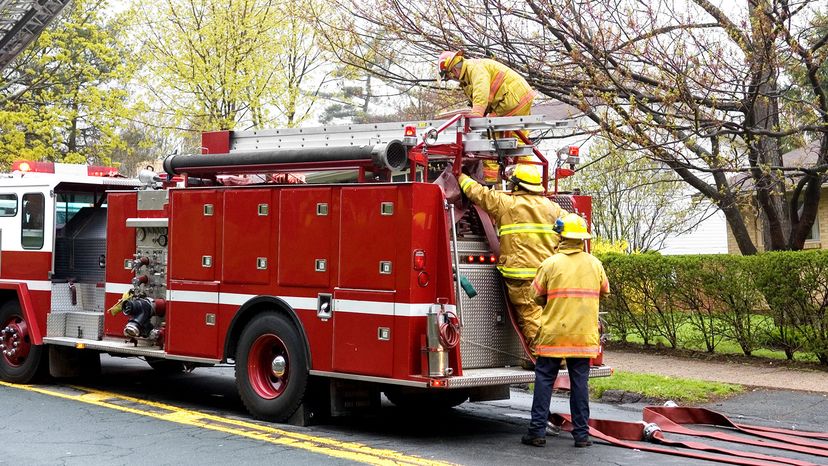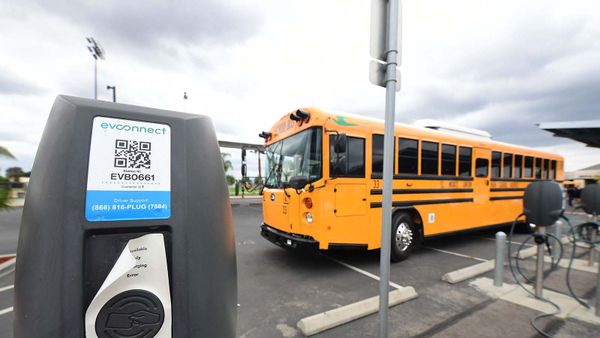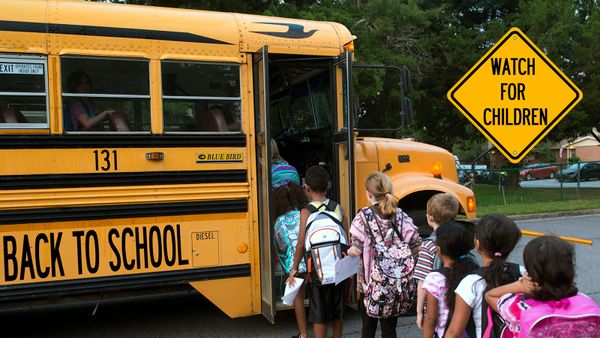
Every single school bus in the United States is painted the exact same color — a hue officially known as "National School Bus Glossy Yellow" — but it wasn't always that way.
A century ago, kids were transported to school by all kinds of random vehicles. Because there were no federal standards, it was up to states or individual school districts to hire buses, trucks and even horse-drawn wagons to ferry kids to and from school.
Advertisement
Frank Cyr didn't like this system. Back in the 1930s, Cyr was a professor at Teachers College, Columbia University, and an advocate for rural education. Cyr traveled the country conducting a study of school transportation. "In many cases, standards have been set up by more or less hit-and-miss methods," reported Cyr in a New York Times article. He decided that something needed to be done to keep America's schoolkids safe.
So in 1939, Cyr organized a conference in New York City dedicated to improving and standardizing the American school bus. He invited educators, transportation officials from 48 states and bus manufacturers to design a newer, safer school bus.
At that historic meeting, conference attendees proposed 44 national standards for the modern school bus, from its dimensions to its doors to the width of its aisle. But the standard that made Cyr famous was "school bus yellow."
Advertisement




